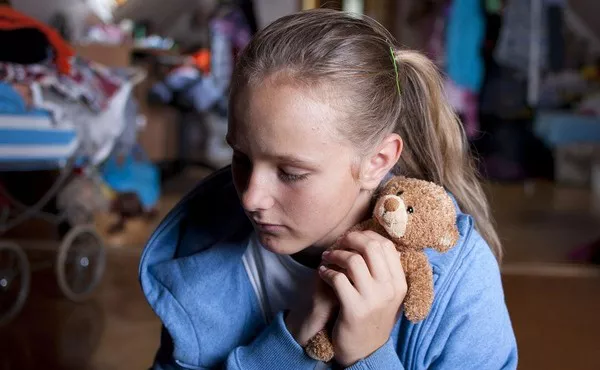FWB, or “friends with benefits,” refers to a relationship dynamic where individuals engage in sexual activity without the expectation of romantic commitment. It typically involves two people who share a friendship and a mutual desire for sexual intimacy but do not wish to pursue a traditional romantic relationship. FWB relationships are characterized by their casual nature, with an emphasis on physical pleasure and companionship rather than emotional attachment or exclusivity.
Ethical Considerations
Consent and communication are paramount in FWB relationships within a committed partnership. It’s essential for all parties involved, including the primary partner(s) and the FWB, to engage in open and honest dialogue about their desires, boundaries, and expectations. Clear consent ensures that everyone involved is comfortable and willing to participate in the arrangement, while ongoing communication helps address any concerns or issues that may arise.
Emotional Risks
While FWB relationships can offer physical satisfaction and companionship, they also carry potential emotional risks and complications, especially when one or both individuals are already in a committed relationship. Feelings of jealousy, insecurity, or betrayal may arise if boundaries are crossed or if one partner develops stronger emotional attachments than the other. Additionally, navigating the dynamics of multiple relationships can be challenging and may strain the primary partnership if not managed carefully.
Boundaries and Rules
Establishing clear boundaries and rules is essential for maintaining the integrity of both the FWB relationship and the primary partnership. These boundaries may include guidelines around communication, exclusivity, and involvement in each other’s lives outside of the sexual relationship. Setting and respecting these boundaries helps prevent misunderstandings and ensures that all parties involved feel respected and valued.
Communication
Open and honest communication is key to the success of FWB relationships within a committed partnership. It’s important for all parties to regularly check in with each other, discuss any concerns or issues that arise, and reassess their boundaries as needed. Effective communication helps foster trust, understanding, and mutual respect, ultimately strengthening the connections between all individuals involved.
Social and Cultural Perspectives
FWB relationships may be viewed differently across different cultures and societies, particularly when they intersect with committed relationships. In some cultures, casual sexual relationships may be more accepted or even expected, while in others, they may be frowned upon or considered taboo. Understanding the social and cultural perspectives surrounding FWB relationships can help individuals navigate these dynamics within the context of their own relationships and cultural norms.
Personal Experiences
Anonymized personal stories and case studies offer valuable insights into the challenges and outcomes of FWB arrangements within committed relationships. These narratives highlight the complexities of navigating multiple relationships and the potential impact on individuals’ emotional well-being and the stability of their primary partnership. By sharing personal experiences, individuals can learn from others’ successes and challenges and gain a deeper understanding of the dynamics at play.
Expert Opinions
Insights from relationship experts, therapists, or psychologists provide valuable perspectives on the dynamics of FWB relationships within the framework of a committed partnership. These experts can offer guidance on navigating communication, setting boundaries, and managing emotional risks in FWB arrangements. By incorporating expert opinions, individuals can gain a deeper understanding of the complexities of FWB relationships and make informed decisions about their own relationships.
FAQs
1. Can a FWB relationship coexist with a committed partnership?
While it’s possible for FWB relationships to coexist with a committed partnership, it requires clear communication, consent, and boundaries to avoid potential pitfalls.
2. How do you establish boundaries in a FWB relationship?
Establishing boundaries involves open communication and mutual agreement on expectations around communication, exclusivity, and involvement in each other’s lives outside of the sexual relationship.
3. What are the potential risks of engaging in a FWB relationship while in a committed partnership?
Risks include emotional complications, jealousy, insecurity, and strain on the primary partnership if boundaries are not respected or if one partner develops stronger feelings than the other.
4. Is it possible for feelings to develop in a FWB relationship?
While FWB relationships are typically casual in nature, feelings can develop over time, leading to potential complications and challenges for all parties involved.
5. How do cultural norms and societal expectations influence FWB relationships?
Cultural norms and societal expectations can vary widely, impacting how FWB relationships are perceived and navigated within different cultural contexts. Understanding these influences is essential for managing expectations and navigating relationships respectfully.
Conclusion
In conclusion, FWB relationships within a committed partnership require careful navigation of boundaries, communication, and ethical considerations to ensure the well-being of all parties involved. By understanding the dynamics, risks, and cultural influences surrounding FWB relationships, individuals can make informed decisions about their relationships and navigate them with integrity and respect.
Related topics:























